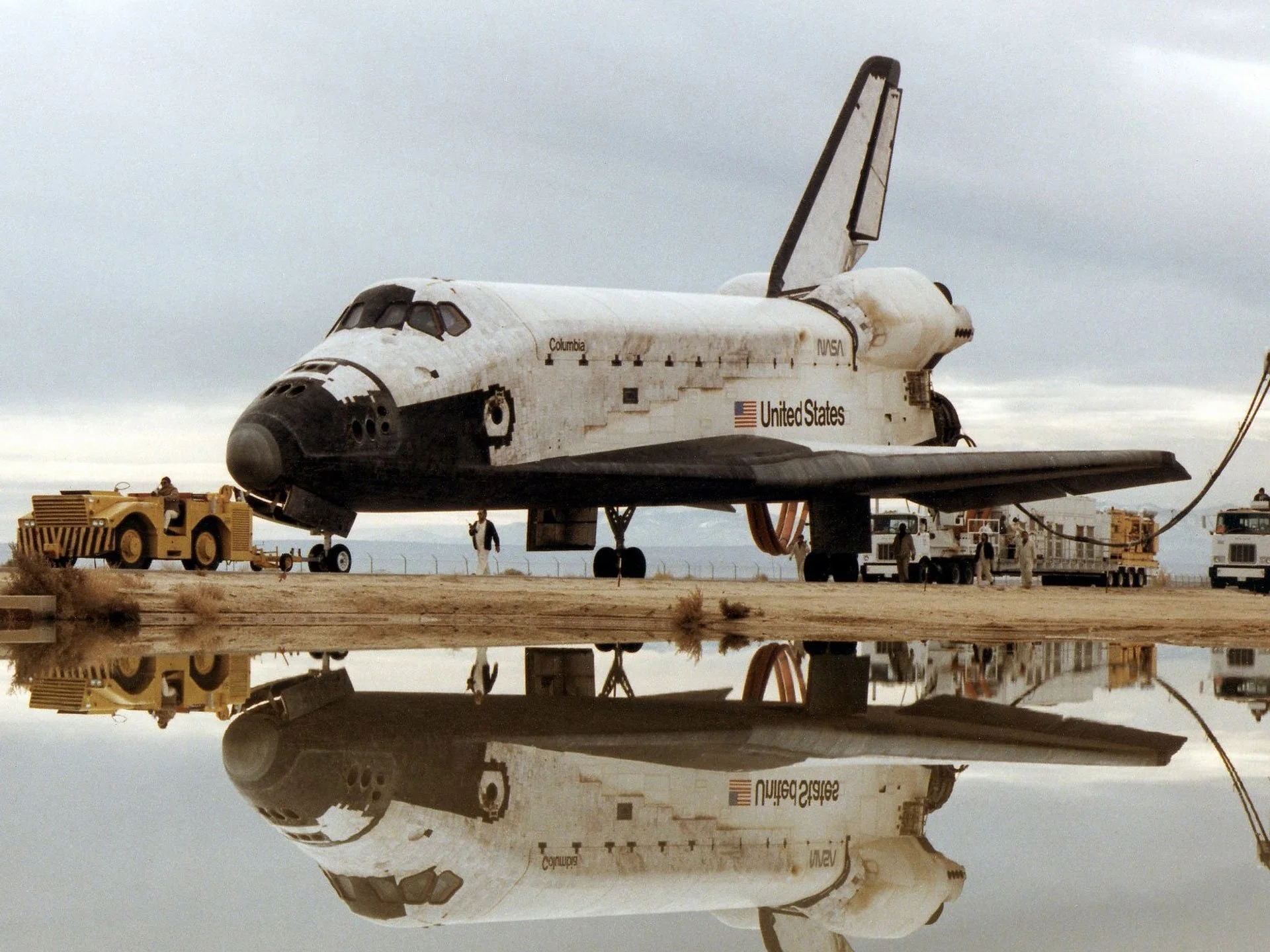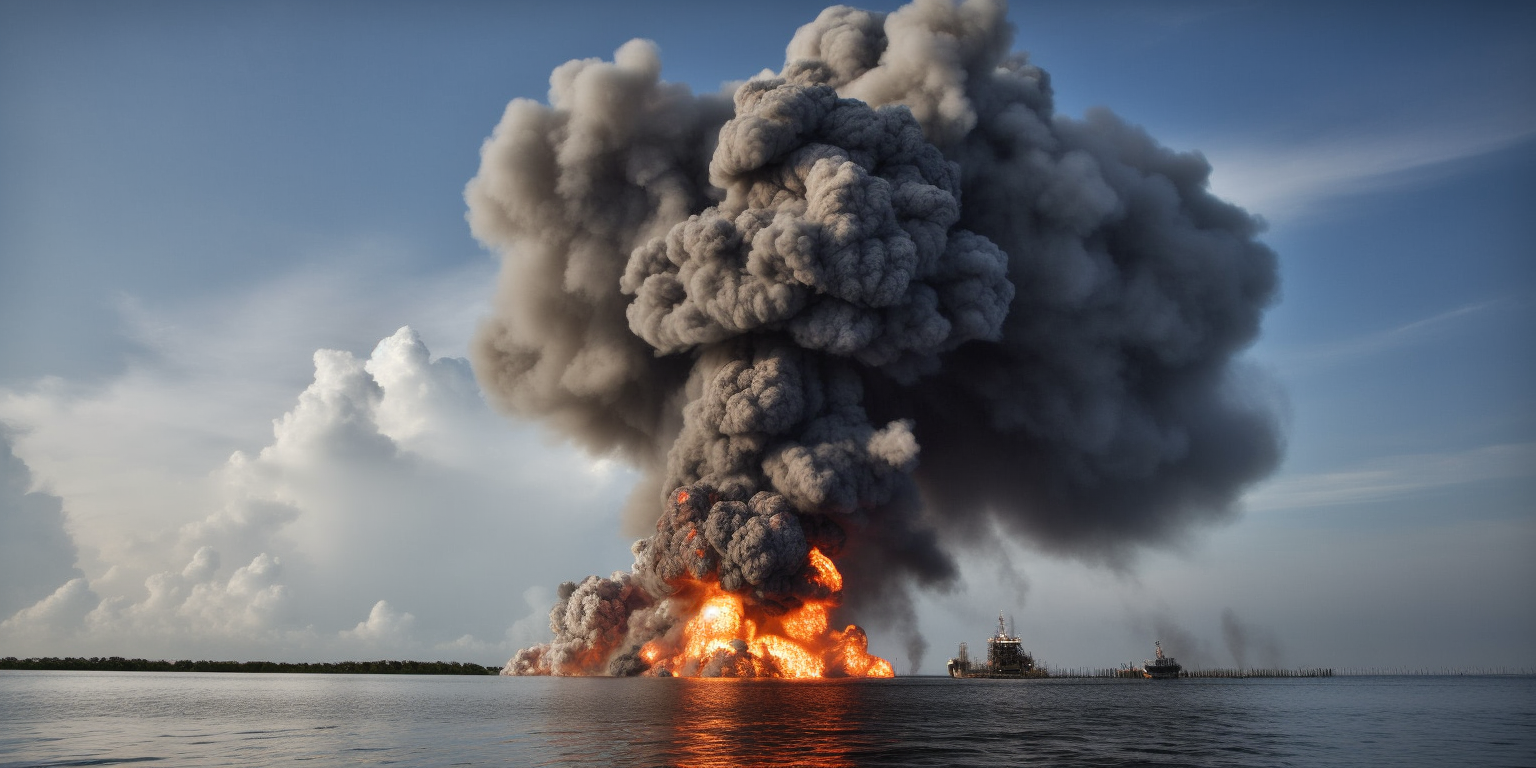
Lesson’s Learned: Mitigating Risk In Large Organizations
Diane Vaughan’s award winning book, The Challenger Launch Decision: Risky Technology, Culture, and Deviance at NASA(1996), examines the organizational failures that culminated in the 1986 Space Shuttle Challenger disaster. While Vaughan does not present an explicit, procedural framework for mitigating risk in large organizations managing complex technical operations, her sociological analysis reveals patterns of organizational behavior that contribute to catastrophic outcomes.

WARNING! A Field Guide to Accident Prevention
Catastrophic incidents seldom occur without prior indications. This guide delineates eight categories of warning signs—physical, sociological, procedural, technological, organizational, environmental, historical, and psychological.

A Justification for Creative Expertise in Safety Management
The internal branding of workplace safety programs often fails to engage employees, a consequence of approaches that overlook the specialized nature of branding and the limits of safety professionals’ expertise.

History: United Flight 232
United Airlines Flight 232, flight scheduled to fly from Stapleton International Airport in Denver to O’Hare International Airport in Chicago on July 19, 1989, that crash-landed at Sioux Gateway Airport in Sioux City, Iowa.

The Misalignment of Safety Management and User Experience Design
The intersection of safety management and user experience (UX) design presents a persistent challenge within organizational contexts: the assumption that domain expertise in safety inherently equips professionals to address UX considerations.

Hazard Identification and Assessment: OSHA
One of the "root causes" of workplace injuries, illnesses, and incidents is the failure to identify or recognize hazards that are present, or that could have been anticipated. A critical element of any effective safety and health program is a proactive, ongoing process to identify and assess such hazards.

Division Breeds Danger: The Safety Standoff
Workplace safety thrives on cooperation, yet it remains shackled by a feud as old as industry itself.

THE BOEING 737 MAX & NORMALIZATION OF DEVIANCE
When evaluating the safety and risk of advanced technological systems within complex organizations, overlooking cultural patterns can put lives at risk.

Implimenting AI Powered Risk Prediction
AI-powered risk prediction isn’t a single “thing” you install—it’s a system integrating data, algorithms, and workflows to forecast safety risks. Here’s how it’s implemented, what it looks like, and the nuts and bolts of its operation.

29 CFR 1910: For Dummies
Established by the Occupational Safety and Health Act of 1970, OSHA plays a vital role in ensuring American workers have safe and healthy workplaces. For most businesses, the general industry standards are outlined in 29 CFR 1910, part of the Code of Federal Regulations (CFR). This analysis aims to demystify these regulations, offering practical guidance for business owners and managers to ensure compliance and protect their workforce.

Organizational Failure: Handle With Care
Accidents in complex systems often result from a combination of technical failures and organizational shortcomings. While technical failures are the immediate triggers, organizational failures create environments where risks to people are underestimated or ignored, leading to disasters.
